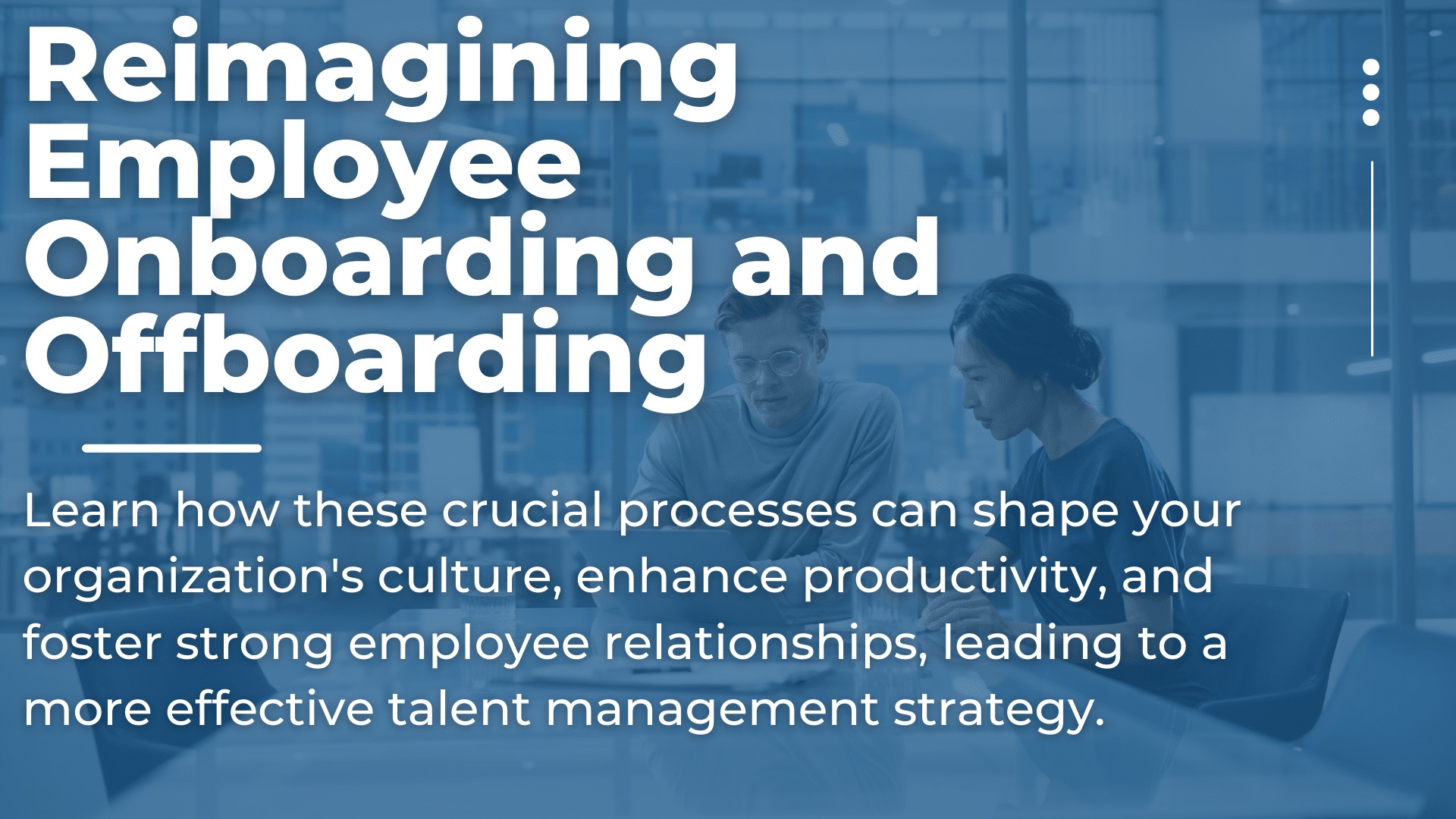-
Connect With Your Ottawa IT Service Company at (613) 828-1384
Connect With Your Ottawa IT Service Company at (613) 828-1384
Companies across the globe are continuously striving to enhance their talent management strategies, seeking to optimize their recruitment, retention, and overall workplace efficiency. The phases of employee onboarding and offboarding serve as critical points in this process, setting the stage for a successful introduction and a graceful exit. Understanding this, today’s blog post takes a deep dive into a comprehensive onboarding and offboarding checklist.

Employee onboarding is a pivotal process that welcomes a new hire into the organization. It sets the tone for their career journey, shaping their perception of the company and its culture. A well-planned onboarding process can significantly increase employee retention, enhance productivity, and foster loyalty.
1. Pre-Arrival Preparation:
Various aspects must be prepared before a new employee enters the office to ensure a smooth onboarding process. This includes:
2. On the First Day:
The first day sets the pace and expectations. Make it memorable and informative by:
3. The First Week and Beyond:
The subsequent days should gradually immerse the new hire into the organization’s workflow. This can be achieved by:
Offboarding, often overlooked, is equally crucial as onboarding. It allows an employee to exit the organization on good terms and helps the company secure its data, retrieve company property, and obtain valuable feedback for future improvements.
1. On Receiving the Resignation:
The offboarding process begins as soon as an employee submits their resignation. At this stage:
2. Pre-Exit Formalities:
Before an employee officially leaves, ensure all company assets are returned and the employee has fulfilled their duties:
3. Exit Interview:
An exit interview serves as a platform for open dialogue and valuable feedback:
4. Final Farewell:
A gracious exit can leave a lasting impression and maintain a positive relationship with the departing employee:
Remember, employee onboarding and offboarding are two sides of the same coin. Both are pivotal in shaping your organization’s image, culture, and workplace dynamics.
Even after an employee leaves, there are a few actions that must be taken to complete the offboarding process:
In the grand talent management scheme, onboarding and offboarding processes act as bookends to an employee’s tenure at an organization. By giving due attention to these processes, companies can create a positive work environment that fosters growth and loyalty and ensure a respectful and insightful offboarding process that maintains good relationships with former employees.
As our checklist outlines, successful onboarding and offboarding involve strategic planning, clear communication, and a genuine effort to make the employee feel valued. Companies should continuously review and refine these processes to better fit their evolving needs and those of their employees.
By approaching onboarding and offboarding with a comprehensive plan, organizations can create an enriching journey for their employees from start to finish, thereby nurturing a strong and sustainable talent pool. After all, every exit is an entry somewhere else, and every entry sets the stage for potential success.